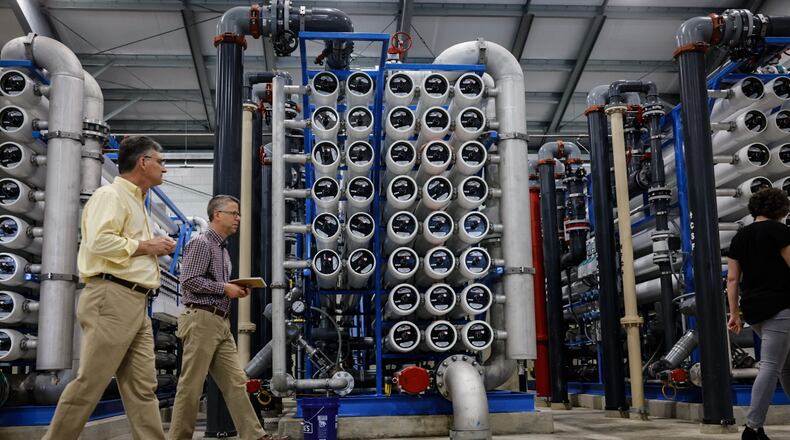Here are some key points from our recent reporting:
1. Some background: An in-depth investigation by reporter Sydney Dawes last year revealed that PFAS was detected in at least 15 area water systems that serve hundreds of thousands of residents at levels exceeded then-proposed federal limits.
2. The latest: The U.S. EPA recent formalized those proposed limits. Sydney talked to officials in charge of area water systems about how they will come into compliance with these new federal standards.
3 The cost: The cost will be substantial, and the impact on local water bills is uncertain. Dayton — which supplies water to much of Montgomery County — is looking at a $250 million project to fix the problem. This would be one of the largest projects in the city’s history.
4. “For our ratepayers, the fear is this will fall on them”: That’s a quote from Warren County sanitary engineer Chris Brausch. U.S. EPA representatives recently met with Warren County water department officials about efforts there, and cost concerns.
5. Private wells: The new federal guidelines and massive federal investment in water systems does little to help owners of private wells, who our investigation last year found have little assistance in protecting themselves from PFAS.
About the Author

